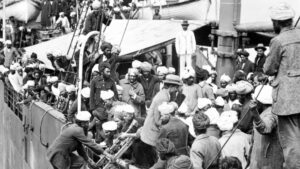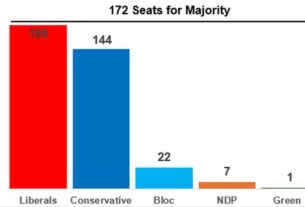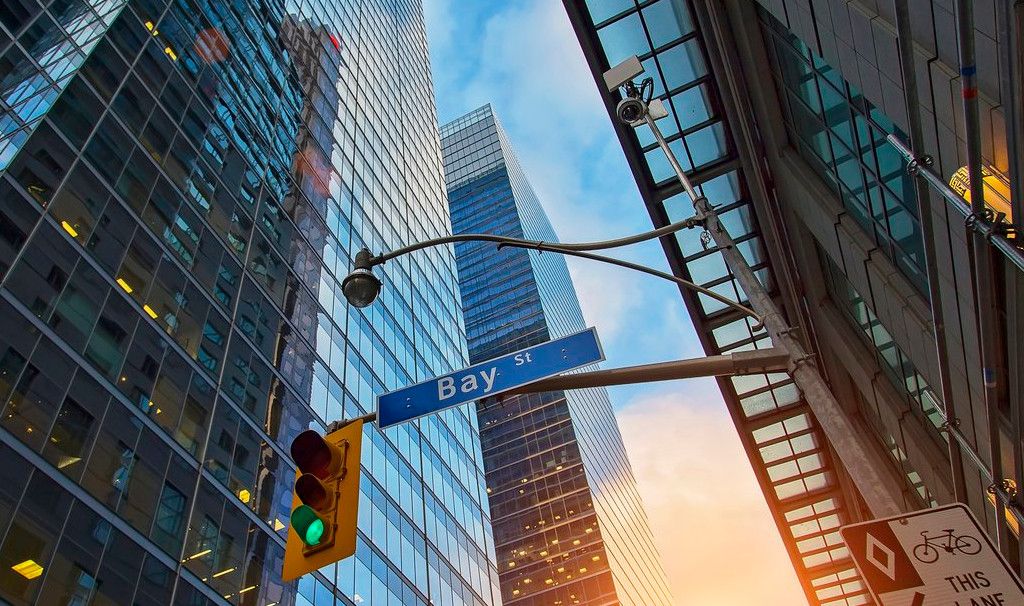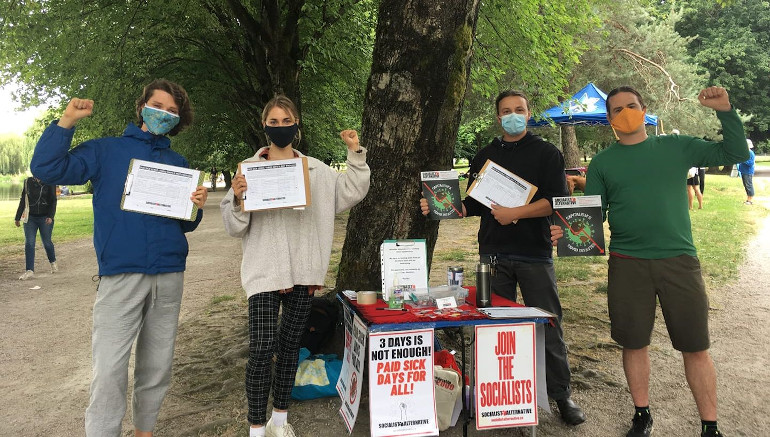
To mark 150 years of the Canadian state, we are publishing some of the articles from our magazine that covered different parts of Canada’s history.
Almost all Canadians are immigrants or descendants of immigrants. The history of Canada, since the start of European colonization, is of waves of immigrants. Most were fleeing hunger, poverty, dispossession or persecution. Each new wave faced institutionalized class and racial oppression, the most outrageous being the Head Tax on Chinese immigrants. But all faced discrimination, whether they were Irish, Chinese, South Asian, Italian, African-American or Jewish. Most immigrants faced a hard life.
It is tempting, particularly in the 2017 context, to summarize Canada’s historical philosophy regarding immigration as one of exclusion. We frame this in three historical and notorious incidents involving ships arriving on our shores bearing immigrants – the Komogata Maru from the Punjab (1914), HMS St Louis carrying Jews fleeing the Nazis (1939) and the Sun Sea carrying Tamil refugees from Sri Lanka (2010). In all three incidents, boatloads of immigrants fleeing persecution were criminalized and/or refused entry. Many perished when returned to their homelands or languished in indefinite immigrant detention.
Canada refused to sign the 1951 Refugee Convention until 1969, fearing that it would impede Canada’s ability to deport people they considered a security risk, especially communists. Socialists and union activists were refused entry or deported. Until 1976, gays and lesbians were an “inadmissible class” of immigrants.
At times, however, Canada has welcomed immigrants, when they were advantageous to the interests of the ruling class. This was especially the case when vast tracts of appropriated land were available after the purchase of Rupert’s Land from the Hudson Bay Company, the completion of the railway and the defeat of the Métis and Indigenous Peoples of the prairies. Canada’s rulers decided to settle these lands for reasons of economic development and security.
Migrants formed the basis of the Canadian working class. They built the critical infrastructure – the railways and roads – that enabled the extraction and exploitation of primary resources, which fuelled the economy of the fledgling nation and filled the coffers of the elites.
Today, hundreds of thousands of temporary immigrants come to Canada, as cheap exploited labour, via the Seasonal Agricultural Workers, Temporary Foreign Worker and the Live-In Caregiver programs. However, they face countless obstacles to permanent residency. It is clear that Canada favours entry of wealthy immigrants, while placing invisible walls towards those fleeing intolerable situations in their homelands – situations to which Canada’s neoliberal foreign policies significantly contribute.
Trudeau continues to defend the Safe Third Country Agreement between Canada and the US, which claims that both countries are safe for refugees. This means that refugees fleeing Trump’s attacks who come into Canada at official border crossings are likely to be refused entry. This is why hundreds have risked the Canadian winter to walk across unguarded border stretches. Will Trudeau repeat the shameful past of his Liberal predecessor, Mackenzie King in 1939, turning away those fleeing persecution?




